- Savage Blog
- Breaking Down Barrel Twist Rate
Breaking Down Barrel Twist Rate
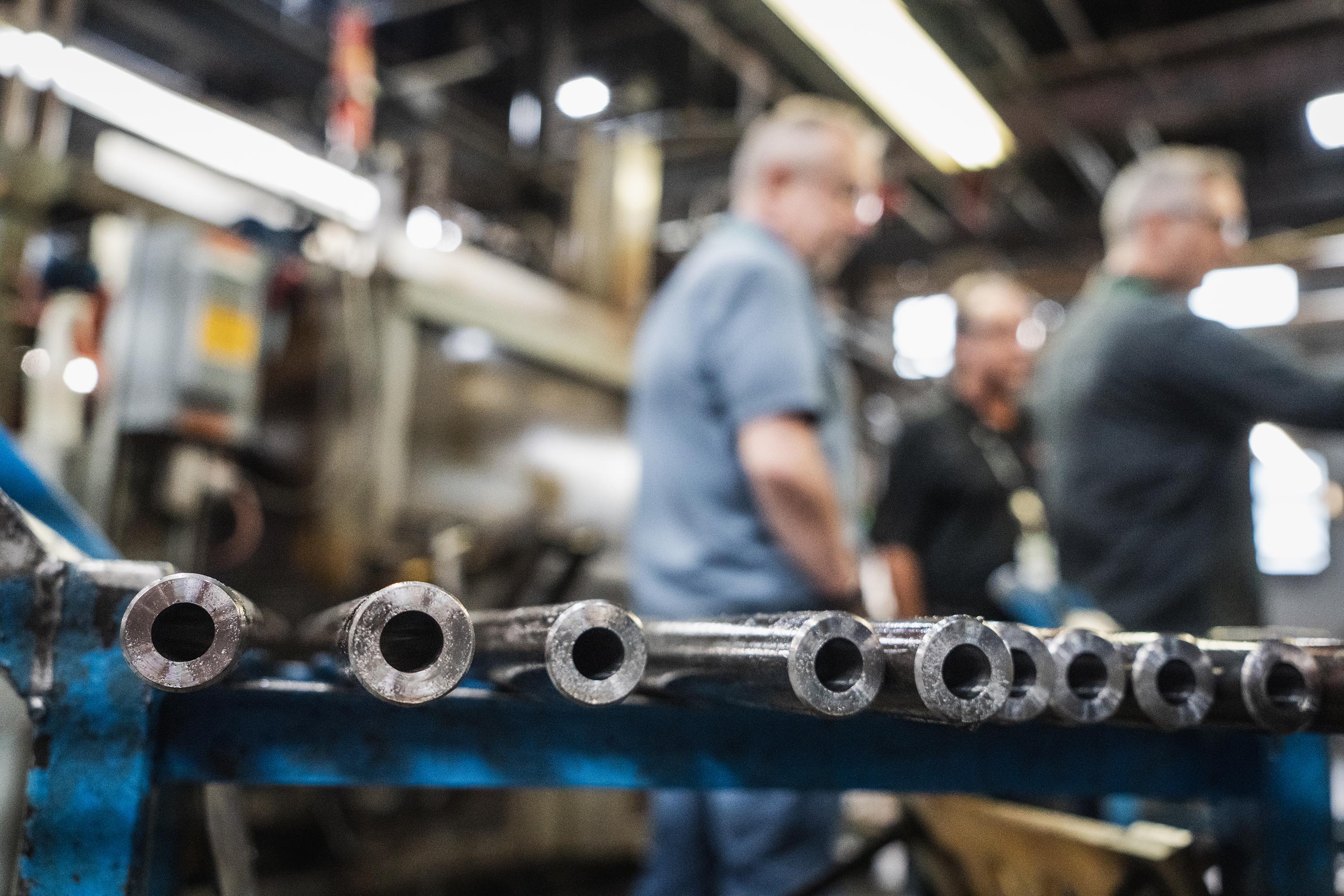
When it comes to rifle accuracy, few topics generate more discussion than barrel twist rate. While caliber, bullet weight, and optics often get the spotlight, twist rate is equally important. It directly influences how well a bullet stabilizes in flight, which in turn affects accuracy, effective range, and terminal performance.
Whether you’re a hunter, precision shooter, or new firearm owner, understanding twist rates will help you match the right ammunition to your rifle and achieve the consistency you need on target for both hunting and target shooting.
What is Twist Rate?
At its core, barrel twist rate refers to how quickly the rifling inside a barrel spins the bullet. Rifling consists of spiral grooves cut into the bore, designed to impart spin as the bullet travels down the barrel. This spin stabilizes the projectile in flight, preventing the bullet from tumbling and improving accuracy.
Twist rate is expressed as a ratio, such as 1:10 or 1:8. The first number represents one full revolution of the rifling, while the second number represents the inches of barrel length it takes for that revolution to occur.
A 1:10 twist means the bullet makes one full rotation every 10 inches of barrel.
A 1:8 twist means the bullet spins faster, completing one revolution every 8 inches.
Why It Matters
Stability: Too slow a twist, and the bullet won’t stabilize, leading to the bullet tumbling through the air inaccurately. This leads to keyholing when your bullet hits the target.
Caliber-Specific Needs: Different calibers often come with standard twist rates tailored to their common bullet weights. These twist rates are used across manufacturers to accommodate the most common types of ammo on the market and ensure a baseline level of accuracy.
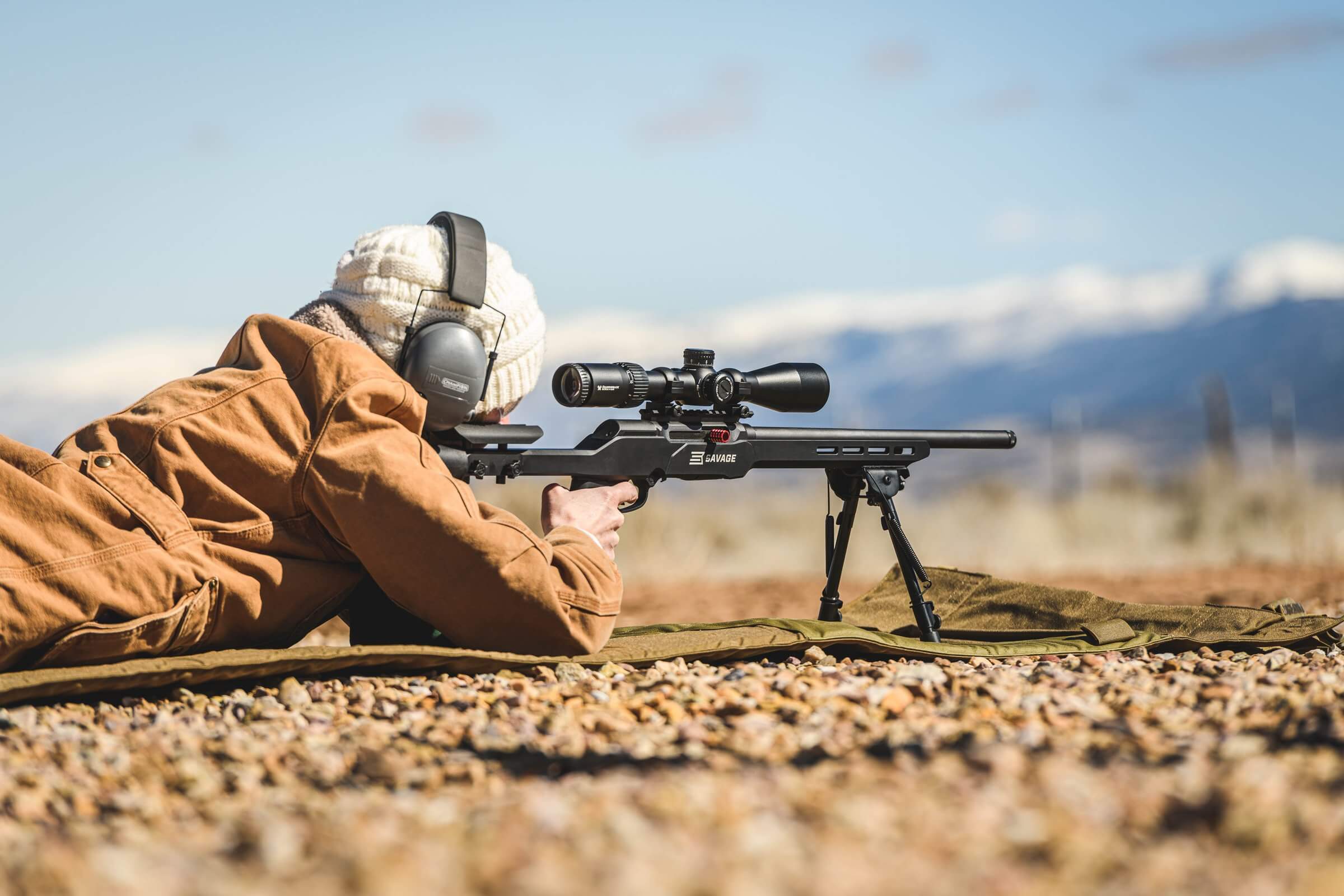
How Twist Rate Affects Shooting
The correct barrel twist rate ensures a bullet is properly stabilized throughout its flight. Proper stabilization not only improves accuracy but also ensures consistent ballistic performance.
Key Impacts
Flight Stability – The right twist prevents yawing or tumbling in the air. A bullet that is not stabilized will be highly inaccurate.
Ballistic Accuracy – Stable bullets maintain tighter groups and flatter trajectories over longer distances. To properly maintain velocity, a bullet needs to have the right amount of spin imparted on it out of the barrel.
Long-Range Shooting – At extended distances, insufficient stabilization amplifies inaccuracies. Some ammunition may work with your rifle’s twist rate okay for shooting at 250 yards, but it may not work well at much longer ranges like 750 yards.
Standard Twist Rates by Caliber
.223 Remington: Common twist rates range from 1:7 to 1:9. Faster twists handle heavier 75–77 grain bullets, while slower twists are good for common 55 grain loads.
.308 Winchester: Typically 1:10, which is suitable for 150–180 grain bullets.
6.5 Creedmoor: The standard twist rate is 1:8 to stabilize long, high-BC bullets used for longer distance shooting.
These are general guidelines—matching bullet weight and length to the right twist rate may take some experimentation based on the rifle you are using.
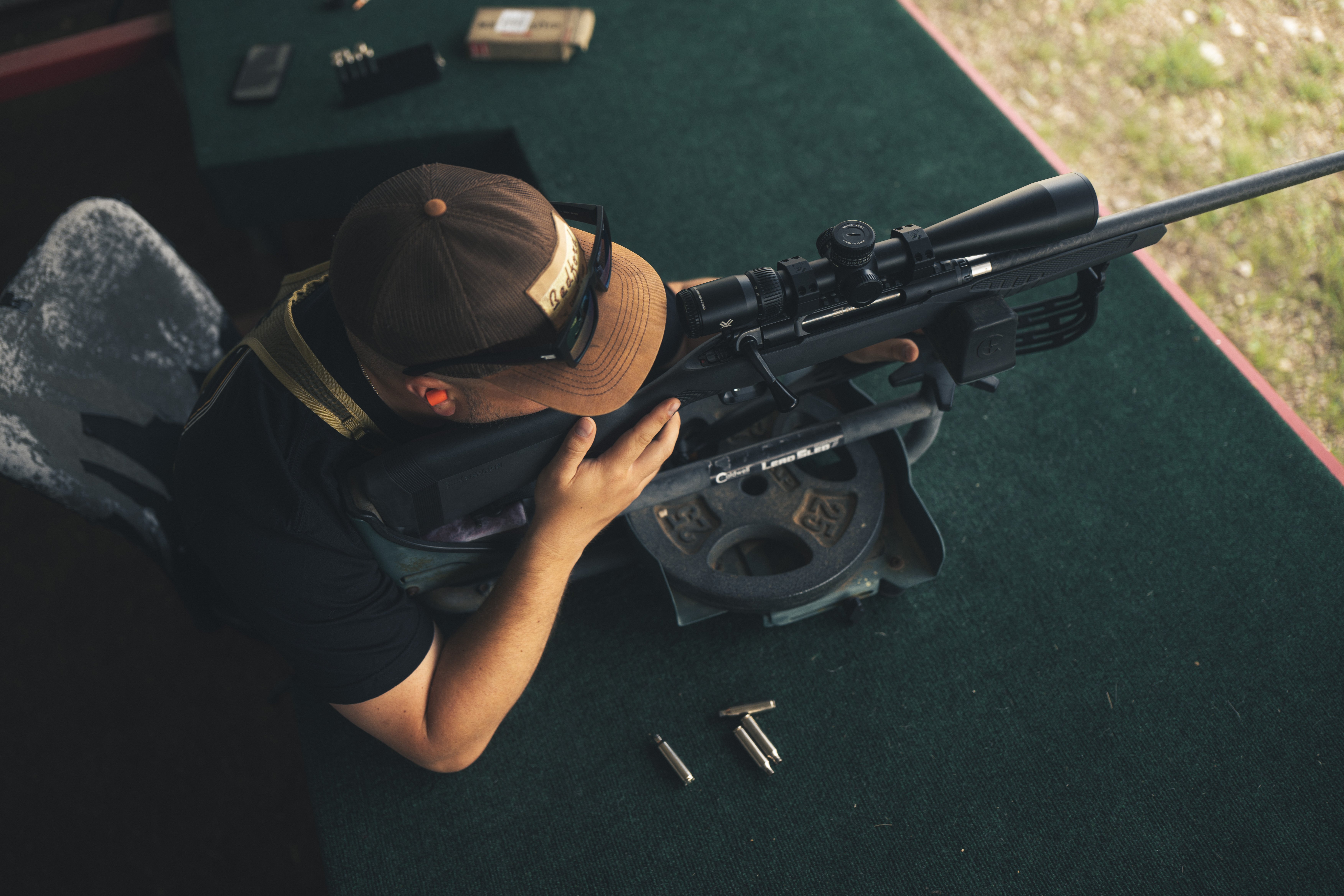
What Different Twist Rates Mean
As mentioned earlier, twist rates impact how quickly the rifling spins the bullet. Different twist rates will spin a bullet faster or slower, depending on how many inches down the barrel it takes for the rifling to complete a revolution.
Faster Twist Rate (Lower Ratio, e.g., 1:7)
Spins bullets faster, allowing for more revolutions before the bullet leaves the barrel (when comparing slower twist and faster twist barrels of equal length).
Best for heavier and longer bullets, which require greater stabilization. These bullets often have a higher ballistic coefficient for improved long-range shooting.
Slower Twist Rate (Higher Ratio, e.g., 1:12)
Results in a slower spin rate as the bullet leaves the barrel.
Generally more suited for lighter, shorter bullets, especially those like 22 LR that are more conical and not spitzer shaped.
Common in varmint and small game rifles.
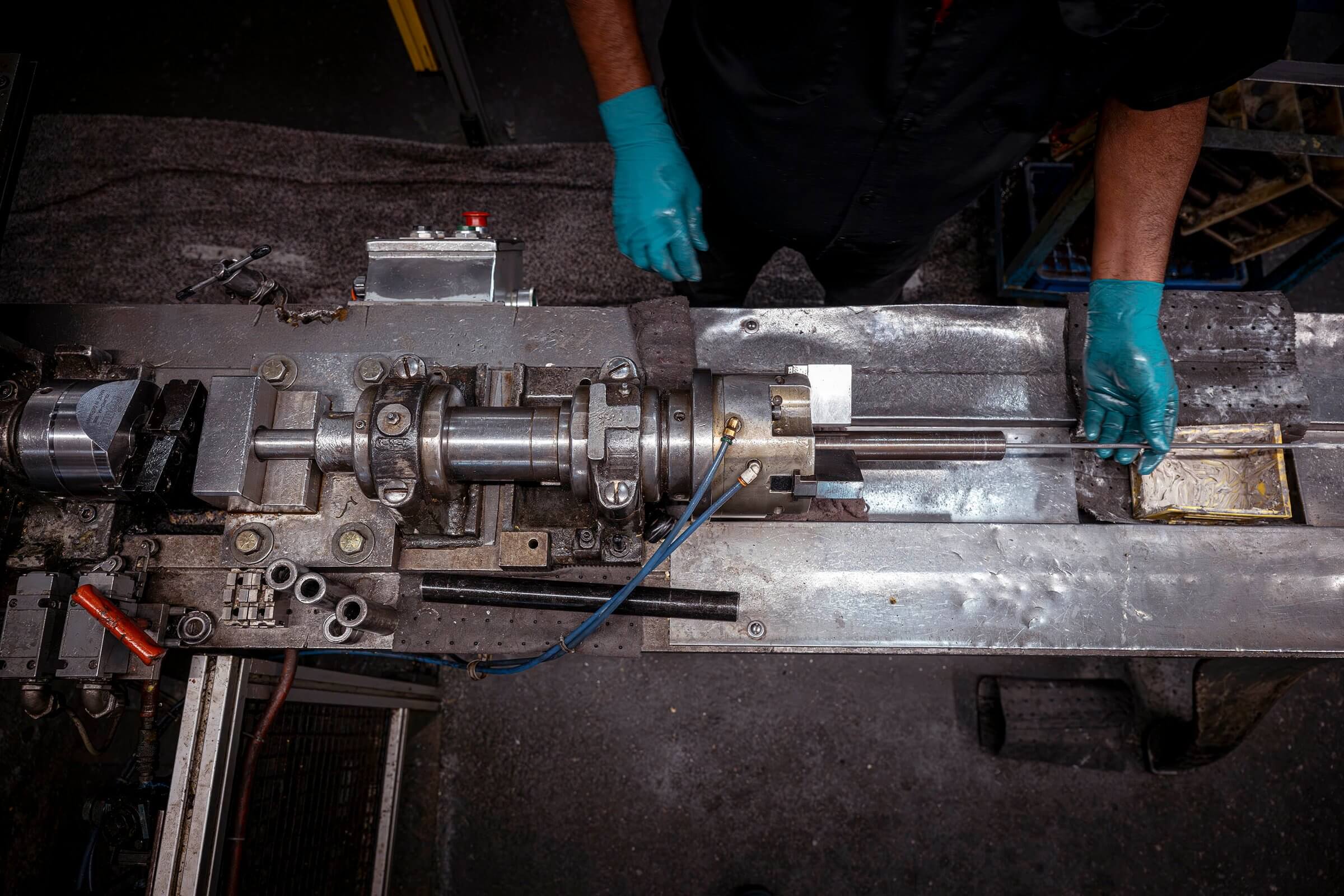
Factors to Consider with Twist Rate
Matching ammunition to your barrel twist rate involves more than caliber alone. Bullet weight, length, and velocity all play significant roles.
Bullet Weight
The most important factor in determining proper twist rate is bullet weight. Heavier bullets require faster twists to stabilize, while lighter bullets can perform well in slower twists.
Examples:
A .223 Remington with a 1:12 twist stabilizes 40–55 grain bullets well.
The same caliber with a 1:7 twist is better suited for 69–77 grain match bullets.
Bullet Length
Length is often even more important than weight. Long bullets, especially those designed for long-range with high ballistic coefficients, need faster twist rates.
Longer bullets, like ELD, VLD, and boat tail bullets, benefit from faster twist rates like 1:8 or 1:7.
Shorter bullets stabilize easily in slower twists like 1:10 or 1:12.
Distance
The farther you shoot, the more twist rate matters. A bullet that’s marginally stabilized may perform fine at 100 yards, but it may show severe instability at 500 yards. If you’re planning to shoot at longer distances, ensuring your rifle has the proper twist rate for the ammo you are using is crucial to maintain stability and accuracy.
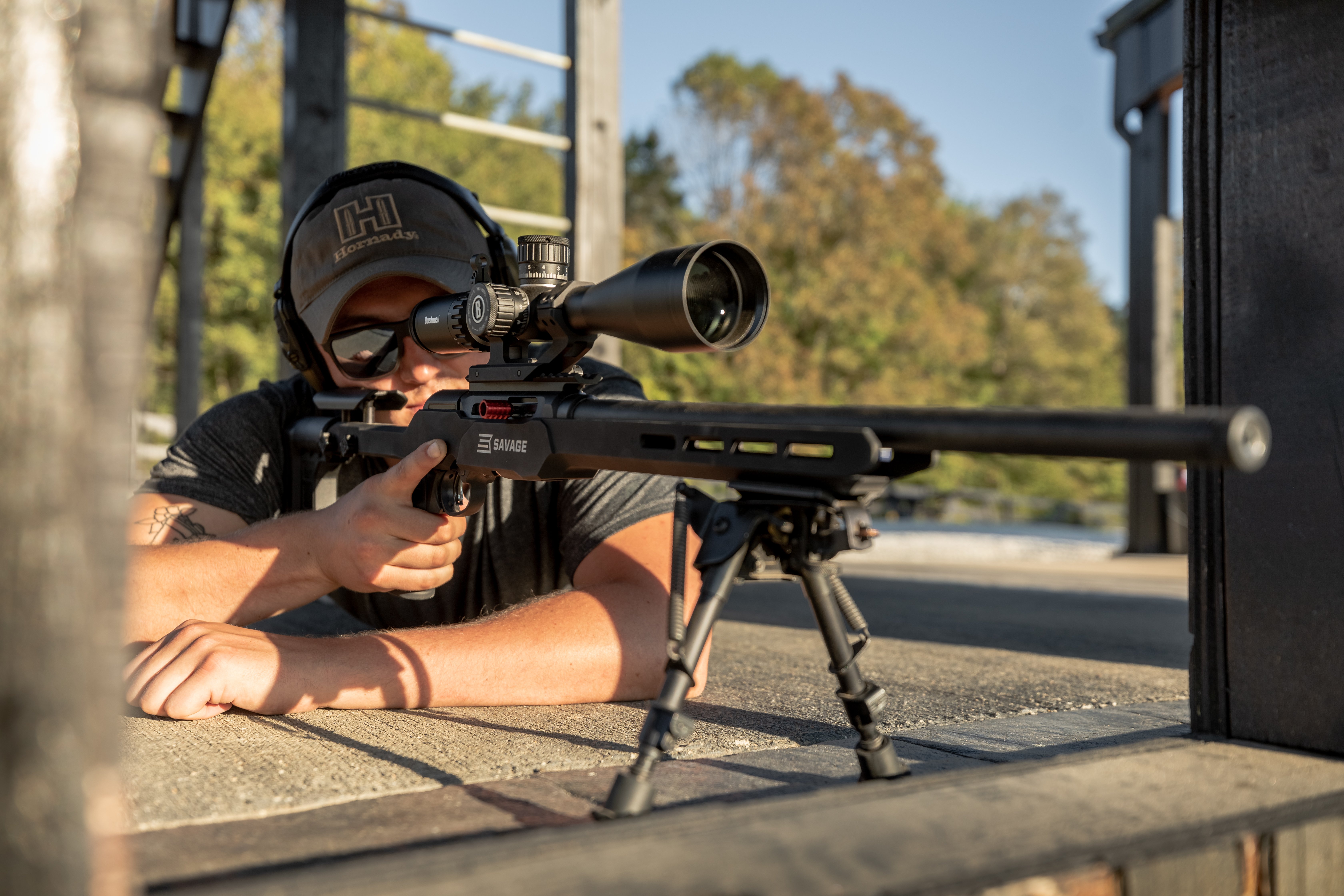
Barrel Twist Rate and Practical Applications
Understanding barrel twist rate isn’t just academic—it directly affects real-world shooting outcomes across disciplines.
Hunting
Big Game: If you’re expecting to take longer-range shots with heavier-hitting, higher BC bullets, a faster twist rate will be important to help stabilize your bullet in flight.
Varmint Hunting: Lighter bullets benefit from slower twists. A .22-250 with a 1:12 twist is perfect for lower-weight bullets, like 40-grain varmint rounds.
Precision Rifle Shooting
Many rifles used for long-range competitors often feature faster twist rates to stabilize higher-BC bullets.
For example, precision rifles may feature twist rates like 1:8 or 1:9 to help maximize spin rate and stabilize the longer, heavier bullets being used.
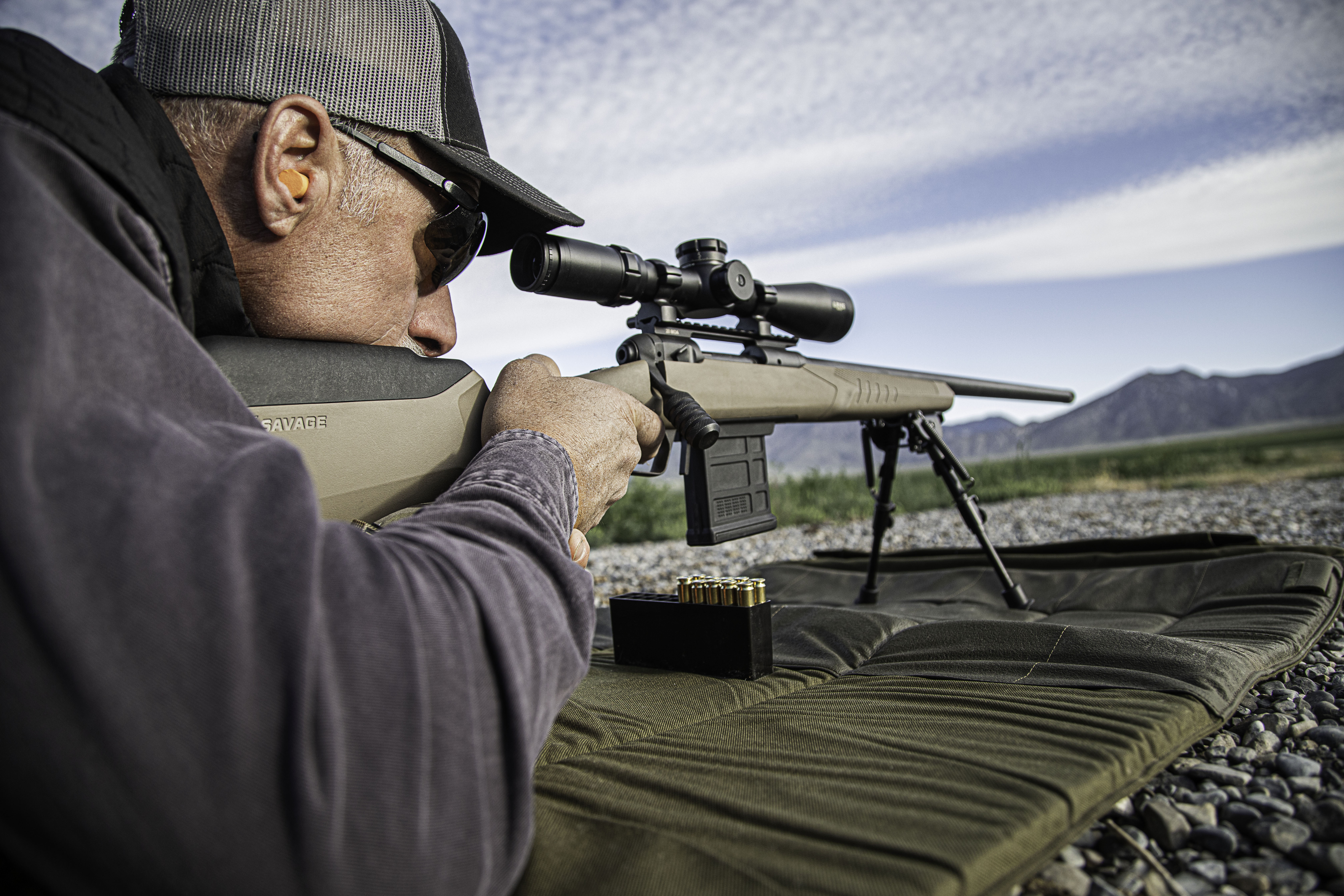
When it comes to rifle performance, barrel twist rate is one of the most important and misunderstood factors. It determines whether your chosen bullet flies straight or tumbles off course. By considering bullet weight, length, and shooting distance, you can match the right twist rate to your specific needs.
Ultimately, understanding barrel twist rate empowers you to maximize accuracy, stabilize your bullets properly, and get the best performance out of your rifle.

